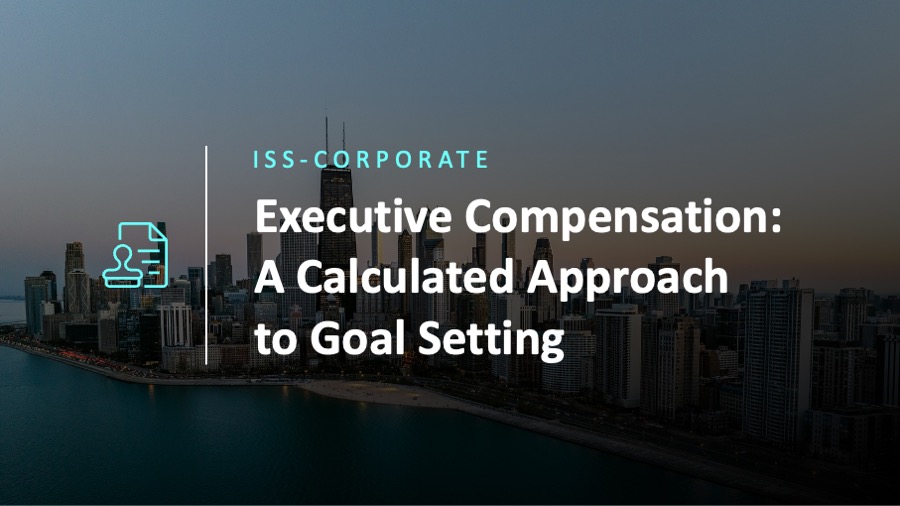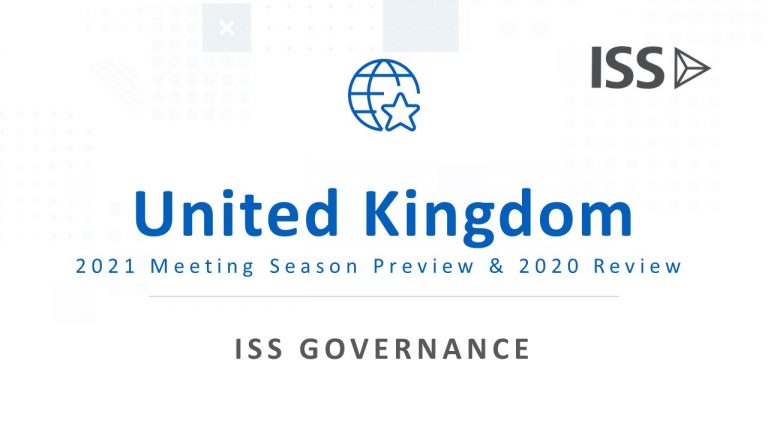Below is an excerpt from ISS-Corporate’s recently released paper “Executive Compensation: A Calculated Approach to Goal Setting”. The full paper is available for download from ISS-Corporate’s resources page.
Key Takeaways
- Properly balancing compensation plans to both incentivize executives and reward shareholders begins with metric selection and program design benchmarking
- Program administrators may use statistical analysis, such as Monte Carlo simulation, in their goal-setting process with the aim of designing a program that strongly correlates incentives with performance expectations
- A properly leveraged program may be designed around payout probabilities while potential pitfalls include setting “softball” goals, “feast of famine” scenarios, or unbalanced payouts
Introduction
One of the most challenging tasks for many companies is setting goals for their compensation plans that effectively align executive incentives with shareholder interests. Often, the activity involves input from many sources, including human resources, treasury, compensation consultants and the board. Not all companies, though, demonstrate a commitment, nor have the required tools and data, to set incentive metric goals at sufficiently rigorous levels or develop a balanced payout formula. These situations may contribute to misaligned incentives or disconnect between pay and performance.
A goal-setting approach that incorporates statistical analysis can help ensure that goals are challenging but achievable and present payout opportunities that are fair for both executives and shareholders. By modeling incentive programs at the outset with statistical assumptions such as metric growth rate, volatility, and correlations, companies can better assess potential performance and payout levels according to their probabilities of achievement. Such quantitative analyses may consider uncertainties including looming recession fears, unintended trade war repercussions or changing dynamics from the introduction of AI. A data-driven approach to goal setting, such as using Monte Carlo simulations, can aid in developing well-designed and rigorous incentive programs that won’t create problems down the road.
By:
Liam Hardy, Associate Vice President, Compensation and Governance Advisory
Craig Benedict, Senior Associate, Compensation and Governance Advisory
Henry Mbom, Vice President, Compensation and Governance Advisory




